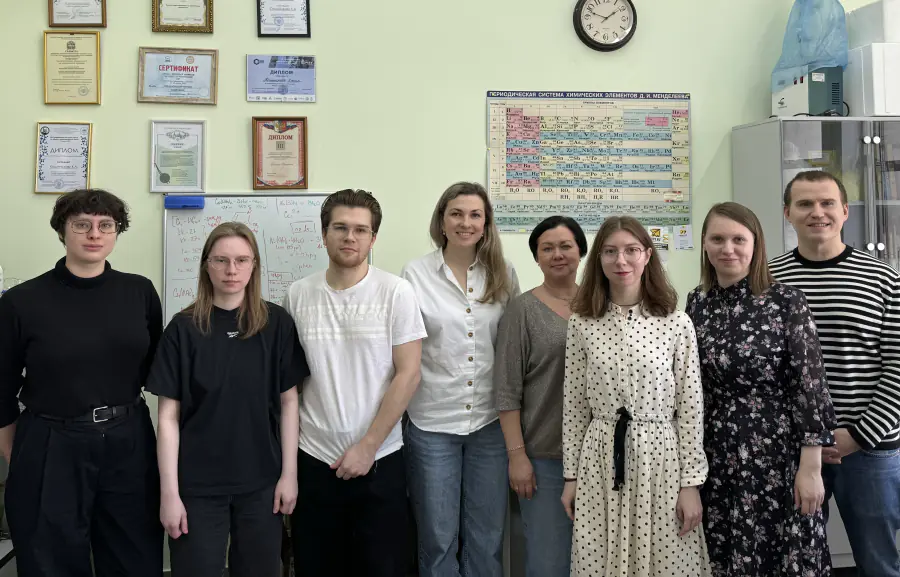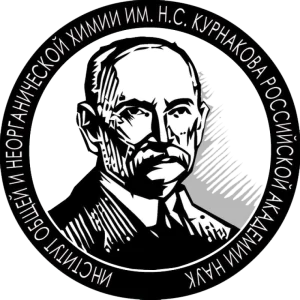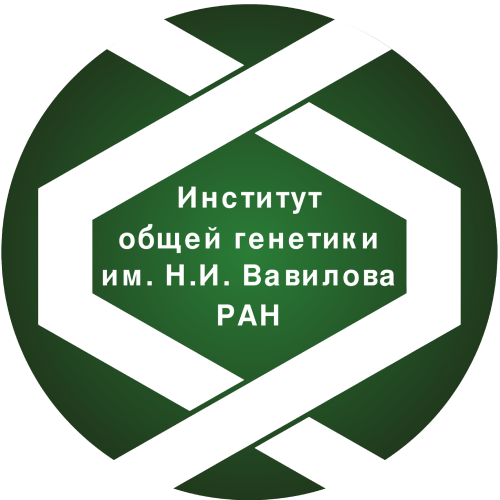Laboratory of new antibacterial coordination compounds
Publications
63
Citations
408
h-index
11
Authorization required.

Directed design of new coordination compounds with antibacterial properties based on essential metals with biogenic and abiogenic ligands
- IR spectroscopy
- X-ray diffraction analysis
- X-ray phase analysis
- UV spectroscopy
- NMR spectroscopy
- CHNS-elemental analysis

Nikita Milevskii
Researcher
Kseniya Koshenskova
Junior researcher

Lada Razvorotneva
Junior researcher
Research directions
Synthesis of coordination compounds
+
Development of methods for the synthesis of new coordination compounds Cu(II), Zn(II), Co(II), Ag(I), Pt(II) with O, N, S-donor ligands, characterization of the obtained compounds by physico-chemical methods, study of their antibacterial properties
Means of delivery of metal complexes
+
Development of methods and means of delivery of complex compounds synthesized in the project through the use of composite materials (ionogels) based on biocompatible inorganic and polymer matrices and ionic liquids, including the development of methods for obtaining hybrid ionogels containing transition metal compounds
Preparation of ligands based on boron clusters
+
Creation of a group of abiogenic carboxylate and hydroxyl ligands based on closoborate anions, including perhalogenated derivatives of boron clusters capable of exhibiting antimicrobial activity against antibiotic-resistant strains of microorganisms; determination of structural features of coordination compounds containing polyhedral boron anions as ligands; elucidation of the nature of the interaction of a metal atom with boron-containing carboxylate and hydroxyl ligands;
Publications and patents
Found
Nothing found, try to update filter.
2024
—
2025
| Уварова Марина Александровна
Lab address
Москва, Ленинский проспект, д.31
Authorization required.






